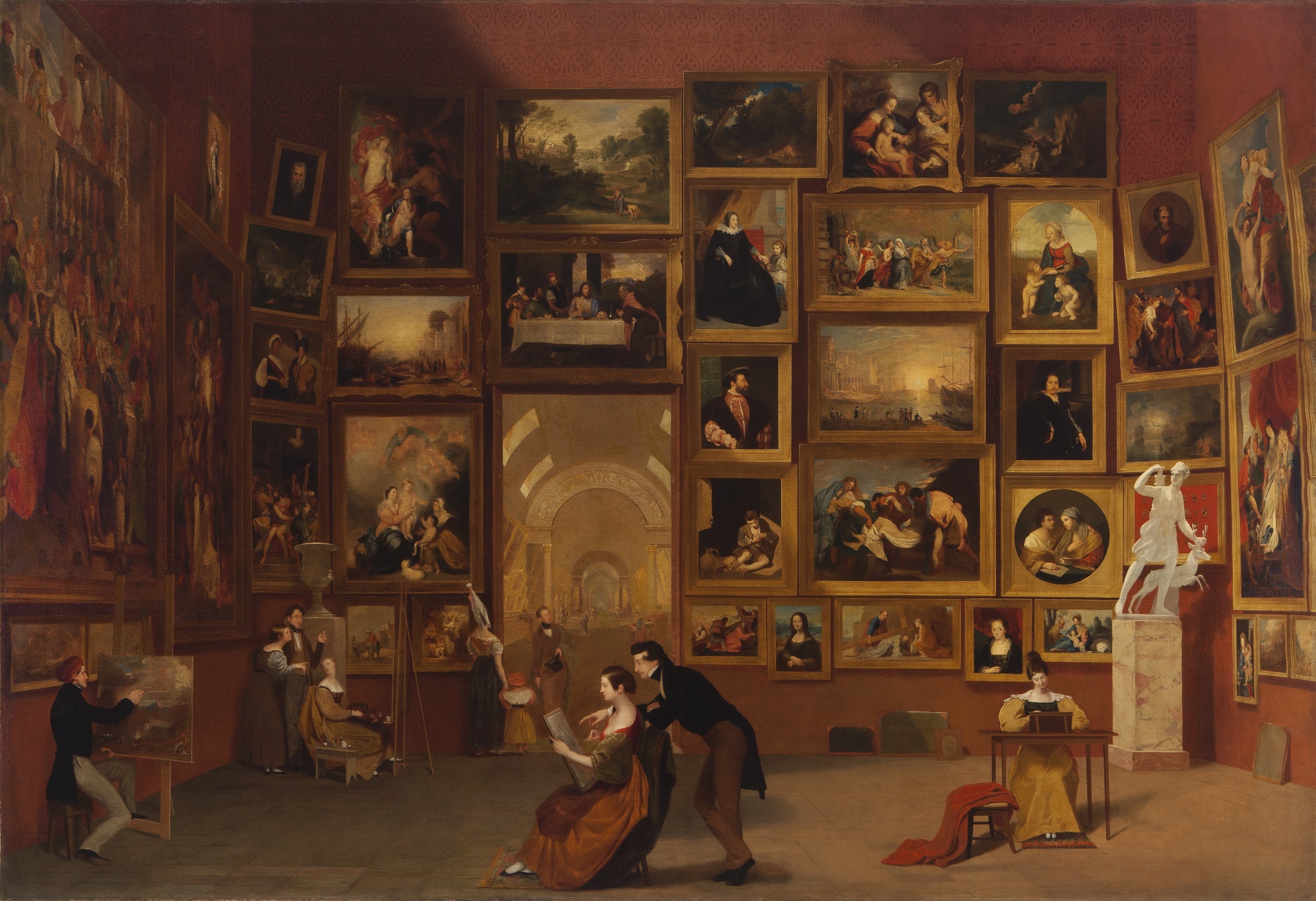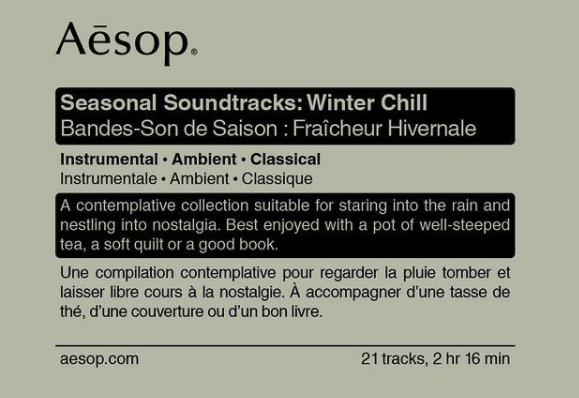All About the Grid
The New Age of Organic Content

All About the Grid
5 min read
Brand strategy
Words by Nicole Li
From the now-common lexicon of “for the gram” to countless app developments for grid planning, social media marketing has rapidly developed into an indispensable unit amidst the ever-changing landscape of brand communications.
The new age of organic content demands a level-up in terms of content – in curation, in purpose, and in engagement. While paid media remains relatively straightforward in terms of targeting and reach, organic content, on the other hand, requires keen cultural insight and intentional messaging in order to perform successfully. When commerce is becoming more and more digitized, the way in which the modern consumer interacts with social media is stretching the definitions of what these platforms are to become; Instagram is no longer just a display platform, it’s a moodboard, a lifestyle, a content creator, a personality, and everything in between. As we reach a new dawn of what content means to us, how can brands fully lean into the capabilities and opportunities of organic content?
Winning the grid game begins with understanding what organic content can do and why it’s important to the art of brand building. Organic content refers to the content (posts, photos, videos, stories, etc.) that a brand shares on their social media feeds without an aspect of a paid promotion; it is typically seen by a brand’s followers, and will be naturally shown to a larger audience if existing followers repost or share the content. Social media marketing has a 100% higher lead-to-close rate than paid marketing, demonstrating that there is real value in fostering customer perceptions of trust, authenticity, relatability through producing organic content. Unlike paid advertising, which tends to focus on product-selling and customer conversion, true organic content allows a brand to showcase its spirit, mission, and overall direction without an aggressive intention to sell. What organic content does sell, however, is the idea of a brand – the “why” behind the “what” and the holistic lifestyle that surrounds that particular product or service. Now that there is a seemingly endless stream of newly emerging direct-to-consumer brands, it’s become not enough to segment consumers based on demographics or benefits; organic content then becomes exceedingly valuable in its portrayal of a psychographically-segmented persona, one that truly captures the essence and values of its target audience.
To target and segment consumers based on psychographics is to understand holistically the type of personality and lifestyle that the brand supports, which is where overall art direction comes into play. A key element of organic content is its ability to communicate an overall art direction in order to create a cohesive and purposeful brand image. Oftentimes companies focus on the concrete metrics of content, such as quantity, clicks, or engagement rates, but equally if not more important is the way that different pieces of content fit together and how the entire grid looks as an aesthetic whole. From modern art references for provisions store Wine and Eggs store in LA, to home interior pictures on clothing brand Are You Am I’s feed or nature shots that compliment Bombinate’s products, there is value in curating certain “mood shots” that convey a brand’s tone of voice and persona on the whole. While many brands do great content, be it moods or other forms, true organic content is created with the sole intention of communicating a comprehensive brand image rather than focusing on product sales or conversion rates. Organic content is not intended to be promoted through paid advertising, as it is suited to being seen as a part of an integrative whole rather than as a singular post.
Overall brand art direction is something that brands and companies often undersell, simply thinking about “content” - but it’s the curation that’s also very important.
Another consideration when it comes to organic content creation is to ensure relevance, whether that be through humor, memes, or other elements of popular culture. As a medium of communication, social media differs from traditional or paid advertising in its relative informality and adaptability – giving brands the opportunity to use organic content to respond directly to current conversations and concerns. For instance, unlike traditional beverage giants like Coke and Pepsi, CBD seltzer brand Recess focuses its efforts on organic content rather than paid advertising; Recess’ marketing strategy works to create humorous and relatable digital experiences through its organic content, drawing a large audience of 78.6k followers on Instagram. With it’s Gen-Z humor and pop culture references, Recess creates content that their audience naturally wants to read and share, thus generating low-cost positive word-and-mouth. Similarly, fast food restaurant Wendy’s’ Twitter account uses witty comebacks and “savage” humor to develop a strong brand voice, generating widespread and viral brand awareness. What drives the success of brands like Recess and Wendy’s is an understanding that content creation is more than about selling a product; organic content is successful when it is culturally relevant, humorously engaging, and wittingly shareable.
In addition to forming a brand personality and ensuring cultural relevance, effective organic content goes beyond the digital space to find relevance in consumers’ everyday lives. Although social media content lives online, the products that brands are selling don’t – hence the art of organic content is in translating the digital experience to real world lifestyles. There are many ways in which social media content can prompt non-digital experiences: reflective questions from card game brand We’re Not Really Strangers, conversation starters from Haus aperitifs, playlists from Aesop, or self care quizzes from Care/Of. Barilla, a Italian pasta brand, even created playlists named “Mixtape Spaghetti” and “Boom Bap Fusilli”, which are specifically designed to be the length of time the pasta should be cooked for. By prompting non-digital interactions, organic content stimulates consumer engagement and curates an emotional connection between the product and consumers’ lifestyles. When the power of the grid exceeds the boundaries of the digital space, brands are able to drive real-life purchases and achieve more authentic consumer engagement.
Successful organic content may appear to be fickle, but that is exactly the principle which makes it effective – its unpredictability allows it to adapt to live insights and respond with immediate engagement. Here at Constant, we recognize content creation and curation as a core element of brand building, and we prioritize the importance of communicating a certain mood, lifestyle, persona, and experience through organic content. Fortunately, one size does not fit all, giving brands and businesses the opportunity to be innovative and creative in leading new ideas in content creation.
Next
Finding Inspiration in Difficult Times
January, 2021.



